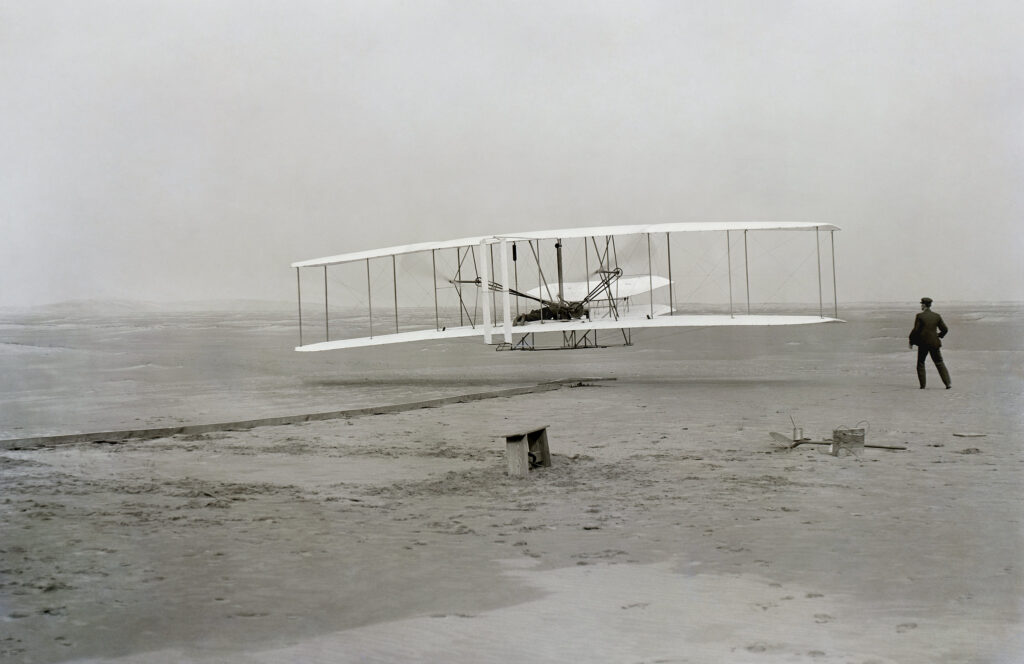The Future Of Mobility Must Bring Change In The Air, Too
When I mention Forrester’s exciting new research strand around the future of mobility, a surprising number of people often — wrongly — think that I just mean cars, electric vehicles, or autonomous mobility. And yes, all those things are clearly part of the future of mobility, but if that’s all we reimagine, then we’re missing the point, and the opportunity.
Pascal Matzke and I made the trip to the Farnborough International Airshow this week to see how the future of mobility is making itself felt in the aerospace sector.

Any discussion of the future of mobility must consider the movement of individuals and small groups, the movement of larger groups, and the movement of goods. It must consider movement over short distances and long, as well as movement through the urban spaces where most of the people are and those extra-urban spaces that still cover most of our planet.
We might see (very) small groups move relatively short distances above the urban core of Paris this month, with the French government granting permission for Volocopter’s human-operated electric flying taxis to offer daytime “demonstration flights” from a barge moored on the Seine. City authorities object and may still challenge the decree: Commercial services, and a useful route network, remain years away. Even in China, where regulators awarded the first type certificate to EHang’s autonomous flying taxi last year, they only agreed to begin considering the firm’s application to carry paying passengers earlier this week. Neither company exhibited at Farnborough this year, although several of their competitors did have prototypes sitting on the ground for attendees to admire.
Moving large groups or goods over longer distances also featured at the show, of course: Tata Consultancy Services and Rolls-Royce announced an expanded partnership to explore the role of hydrogen as a low- (or even zero-) emissions fuel for the company’s engines; Siemens showcased its work with Natilus on the design of new cargo aircraft that will carry more while burning less fuel; and the big aircraft makers competed, as usual, to one-up one another by announcing larger and larger deals.
Like other sectors of mobility, the aircraft industry faces huge challenges. There’s a clear need to reduce emissions, noise, and other harmful aspects of flight: Electrification is sometimes part of the answer there. There’s a need to make better use of finite resources and to improve the environmental impact and recyclability of the composite materials that are so appealing to designers because of their reduced weight.
But important as they are, these big challenges are not the whole picture. There are bigger questions to ask about how the future of mobility changes the way stakeholders work together, how the customer (traveller) can be placed at the centre, and how networks of partners will work together to facilitate the customer journey by understanding and then acting upon individual mobility moments. And we can’t forget that defence budgets are still responsible for many of the big advances in aviation: We see that every day in the news about advances in tele-operated and autonomous drones in Ukraine, and we saw it on the ground in Farnborough, where so many of the aircraft were military and so many of the attendees were in uniform.
We’ll be discussing the future of mobility in a client webinar on 8 October, and there should be at least one new report out by then, too: Several others are in train. As always, if you have your own perspectives to share, please schedule a briefing and tell me all about them. If you’re a Forrester client and want to discuss (or challenge) my thinking on this topic, please schedule an inquiry. There’s plenty more to come from Forrester on the future of mobility, and we very much look forward to engaging with all of you on the journey.
(Image of the Wright Brothers making the first powered flight in December 1903, uploaded to the Flickr Commons by NASA)
